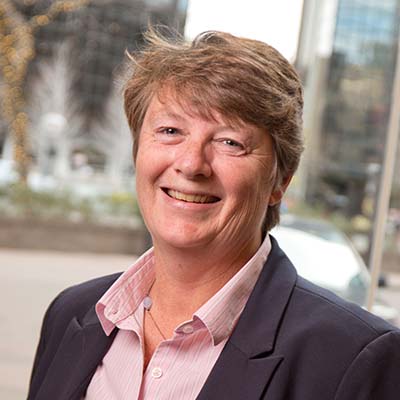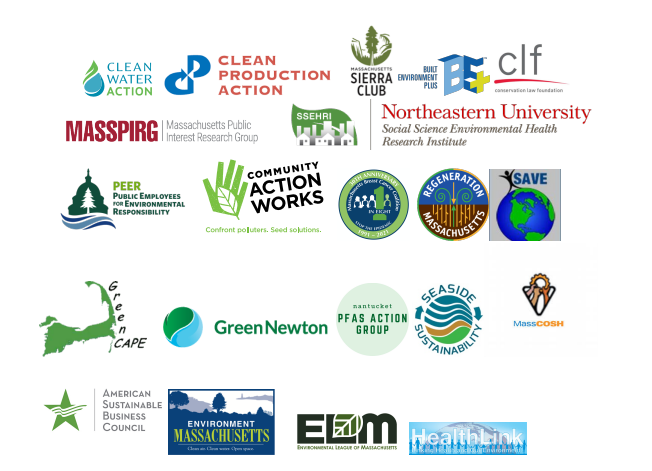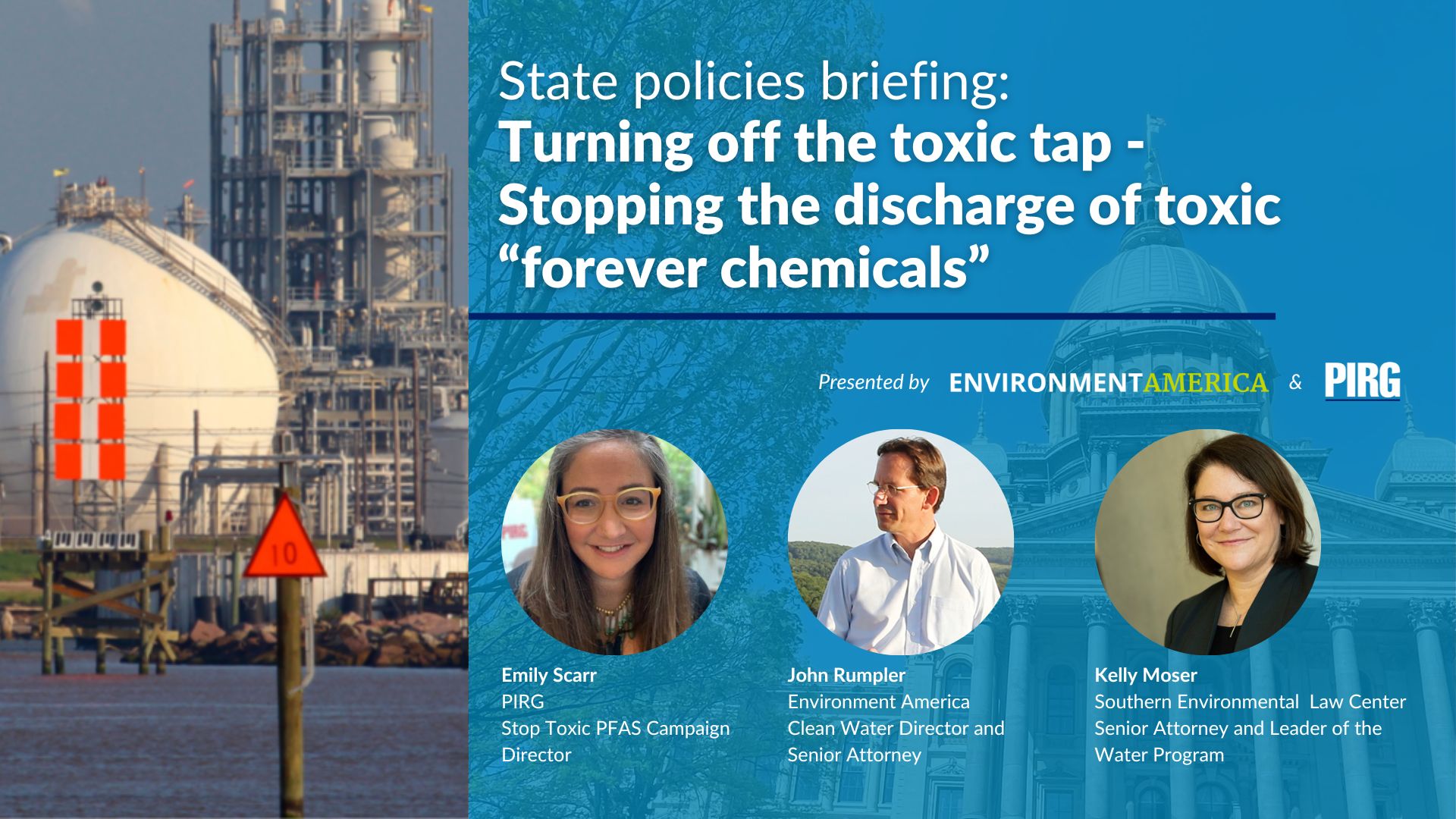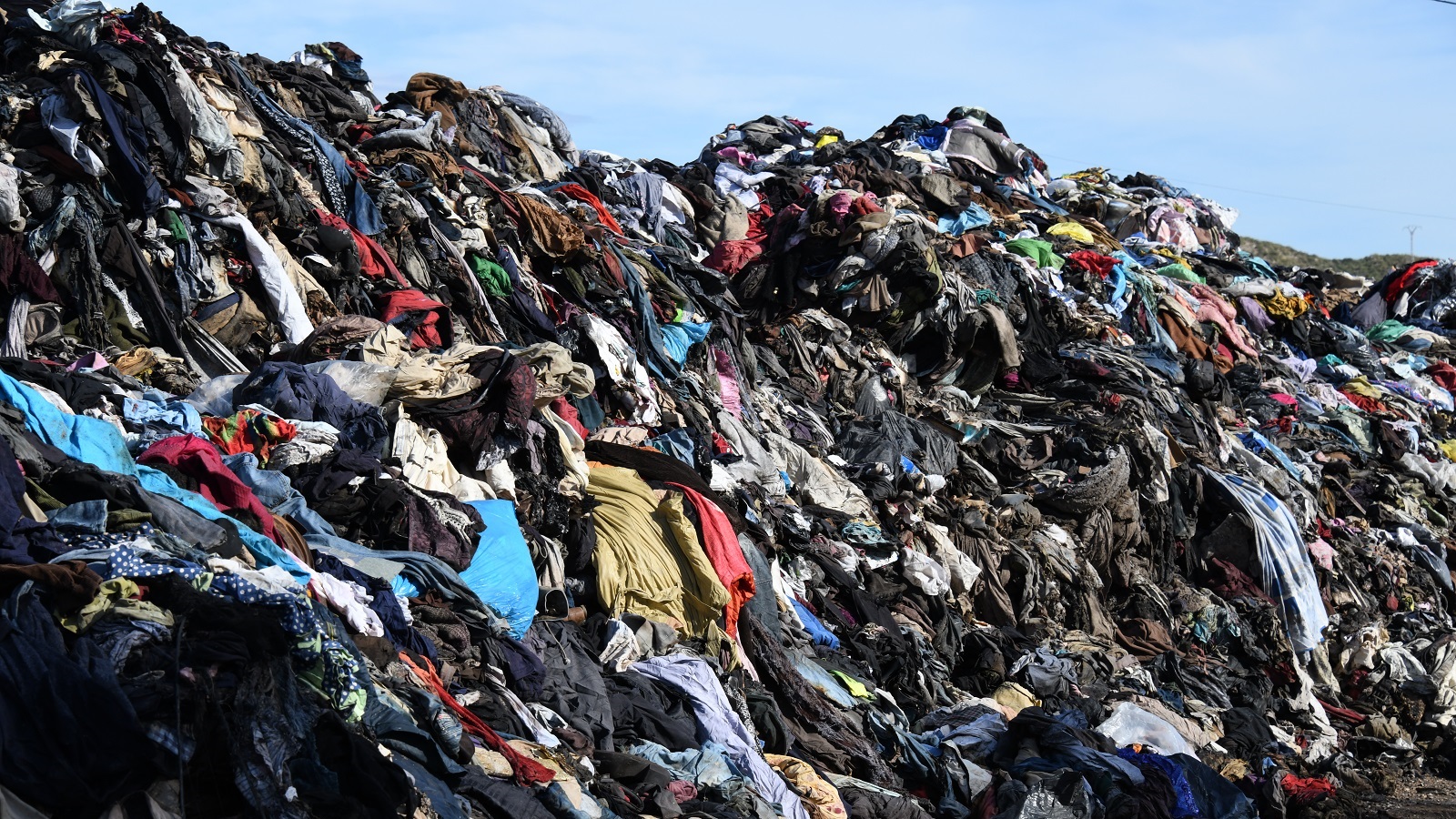
MASSPIRG supports adding PFAS to list of Toxic and Hazardous Substances
MASSPIRG joined 24 organizations supporting the TURA Administrative Council’s recent decision to add Per-and Poly-fluoroalkyl Substance Not Otherwise Listed to the TURA list of Toxic and Hazardous Substances. We appreciate the extensive scientific review that the Toxic Use Resources Institute and Science Advisory Board undertook prior to the listing. PFAS have been detected in air, drinking water, groundwater and surface water. They are present in human blood, breast milk and umbilical cords. They have contaminated food supplies, and the wider environment. Placing PFAS on the TURA list is a necessary first step that will help state officials better understand how and where PFAS is being manufactured, used and released in Massachusetts.

October 14, 2021
Ms. Tiffany Skogstrom
Executive Director of the TURA Administrative Council
Executive Office of Energy and Environmental Affairs
100 Cambridge Street, Suite 900
Boston, MA 02114
Dear Ms. Skogstrom:
The undersigned support the TURA Administrative Council’s recent decision to add Per-and Poly-fluoroalkyl Substance Not Otherwise Listed to the TURA list of Toxic and Hazardous Substances. We appreciate the extensive scientific review that the Toxic Use Resources Institute and Science Advisory Board undertook prior to the listing.
PFAS have been detected in air, drinking water, groundwater and surface water. They are present in human blood, breast milk and umbilical cords. They have contaminated food supplies, and the wider environment.
Placing PFAS on the TURA list is a necessary first step that will help state officials better understand how and where PFAS is being manufactured, used and released in Massachusetts.
1. We strongly support the regulation of PFAS as a class and would vigorously oppose any efforts to limit reporting to a subset of PFAS.
Throughout the country, states are regulating PFAS as a class. While there are individual variations in PFAS chemistry, all PFAS have carbon-fluorine bonds, making them among the most persistent chemicals ever created. PFAS persist for thousands of years. Those PFAS that have been well studied have been shown to be toxic at extraordinarily low levels. PFAS currently in use may degrade to form the highly toxic PFOA and PFOS. Some PFAS have not been fully characterized, which does not mean that they are safe. It only means their impacts are not known. The TURA Administrative Council decided unanimously to add PFAS NOL to the TURA list. We strongly support this designation.
2. PFAS must be added to TURA list as soon as possible after this comment period and ideally no later than March 1, 2022.
The Toxics Use Reduction Institute has spent 3.5 years analyzing PFAS and determining that chemicals in current use increase the risk of serious health harm. As documented in the University of Massachusetts Lowell PFAS Policy Analysis (https://www.turi.org/content/download/13639/207519/file/PFAS+Policy+Anal… df), PFAS are linked to several cancers, neurodevelopmental harm, immunosuppression, liver impacts, kidney impacts, and endocrine harm, among other adverse health effects. The Science Advisory Board has completed a thorough and complete analysis.
As Massachusetts facilities and consumers continue to use PFAS for industrial and consumer applications, the level of PFAS in our blood and in water, soil, sludge, and wildlife, will only increase. As a result, Massachusetts should move quickly to finalizing listing.
Massachusetts is in the process of testing drinking water for six PFAS and an increasing number of cities and towns have already been notified that they have elevated PFAS in their water. While PFAS in firefighting foam is the primary source of water contamination in some Massachusetts towns, we do not fully understand how other drinking water sources are being contaminated. TURA reporting can help answer these questions and inform municipal decision making to secure and maintain safer water.
3. PFAS should be listed as a Higher Hazardous Substance and reporting threshold lowered to 100 pounds per year.
PFAS are persistent and bio-accumulative. Those that have been well studied have shown toxicity at extraordinarily low levels, at parts per trillion. As a result, they should be on the Higher Hazardous Substance list, and reporting threshold should be lowered to 100 pounds per year.
Any use of PFAS increases the body burden of PFAS in people, animals, and the environment. TURA listing requires reporting, consideration of alternatives and the payment of a small fee. Massachusetts public health officials have a legitimate public interest in understanding all manufacturing, use and release of PFAS. All businesses should be considering alternatives, for the good of their workers, consumers, and surrounding communities.
While we understand that all businesses seek to reduce costs, TURA fees are modest, particularly in comparison with the enormous costs of cleaning up water contaminated by PFAS. If facilities choose to use PFAS, they should absorb the cost by paying a reporting fee. These reporting fees are much lower than the costs that the public, state, and municipalities must absorb to address the health care and clean-up costs of PFAS.
4. The Administrative Council should broaden the proposed definition of PFAS to align with language adopted by other states. PFAS should be defined as “Perfluoroalkyl and polyfluoroalkyl substances are a class of fluorinated organic chemicals containing at least one fully fluorinated carbon atom.”
We recommend that Massachusetts expand the proposed definition of PFAS. In this current proposed amendment, PFAS is defined too narrowly (≥C3F6 more or less). A broader definition of PFAS that includes more types of PFAS will be more protective of public health and the environment.
For context, other state, federal and international entities all have broader definitions.
EPA has a working definition that is somewhat broader (basically ≥C2F3): “a structure that contains the unit R-CF2-CF(R’)(R”), where R, R’, and R” do not equal “H” and the carbon-carbon bond is saturated (note: branching, heteroatoms, and cyclic structures are included)” (see https://www.epa.gov/pesticides/pfas-packaging).
The Organization for Economic Cooperation and Development, in its July 19, 2021 paper, “Reconciling Terminology of the Universe of Per- and Polyfluoroalkyl Substances: Recommendations and Practical Guidance,” uses the following definition: “PFASs are defined as fluorinated substances that contain at least one fully fluorinated methyl or methylene carbon atom (without any H/Cl/Br/I atom attached to it), i.e. with a few noted exceptions, any chemical with at least a perfluorinated methyl group (–CF3) or a perfluorinated methylene group (–CF2–) is a PFAS.”
Furthermore, all states that have defined perfluoroalkyl and polyfluoroalkyl substances in their PFAS legislation have simply used: “a class of fluorinated organic chemicals containing at least one fully fluorinated carbon atom.” Arizona, California, Colorado, Connecticut, Illinois, Kentucky, Maine, Minnesota, Nevada, New Hampshire, New York, Vermont, and Washington all include this definition in state law. Similarly, proposed Massachusetts bills are also using this definition (S.1494 / H.2348).
For the sake of regulatory uniformity, we respectfully request that TURA use the same language adopted by other states and define PFAS as “a class of fluorinated organic chemicals containing at least one fully fluorinated carbon atom.”
Sincerely,
David Levine
Cofounder and President
American Sustainable Business Council
Meredith Elbaum
Executive Director
Built Environment Plus
Marc S. Rossi, PhD
Executive Director
Clean Production Action
Elizabeth Saunders
Massachusetts Director
Clean Water Action
Sylvia Broude
Executive Director
Community Action Works
Erica Kyzmir-McKeon
Senior Attorney
Conservation Law Foundation
Nancy Goodman
Executive Director
Environmental League of Massachusetts
Ben Hellerstein
State Director
Environment Massachusetts
Steve Seymour
Executive Director
GreenCape
Marcia Cooper
President
Green Newton
Lynne Nadeau
President
Healthlink
Jean A. Lemieux
President
Massachusetts Association for the Chemically Injured, Inc.
Cheryl Osimo
Executive Director
Massachusetts Breast Cancer Coalition
Jodi Sugerman-Brozan
Executive Director
Massachusetts Coalition for Occupational Safety and Health
Deirdre Cummings
Legislative Director
MASSPIRG
Jaime Honkawa and Ayesha Khan Barber
Co-Founders
Nantucket PFAS Action Group
Judy Norsigian
Board Chair
Our Bodies, Ourselves
Kyla Bennett, PhD, JD
Science Director/New England Director
Public Employees for Environmental Responsibility
Ed Stockman
Co-founder
Regeneration Massachusetts
Ann Devlin
Co-President
Saugus Action Volunteers for the Environment
Anne Gero
Legislation and Advocacy Community Advisor
Seaside Sustainability
Deborah Pasternak
Executive Director
Sierra Club, Massachusetts Chapter
Phil Brown, PhD
University Distinguished Professor of Sociology and Health Sciences
Director, Social Science Environmental Health Research Institute
Northeastern University
Brendan O’Neill
Executive Director
Vineyard Conservation Society
Topics
Authors
Deirdre Cummings
Legislative Director, MASSPIRG
Deirdre runs MASSPIRG’s public health, consumer protection and tax and budget programs. Deirdre has led campaigns to improve public records law and require all state spending to be transparent and available on an easy-to-use website, close $400 million in corporate tax loopholes, protect the state’s retail sales laws to reduce overcharges and preserve price disclosures, reduce costs of health insurance and prescription drugs, and more. Deirdre also oversees a Consumer Action Center in Weymouth, Mass., which has mediated 17,000 complaints and returned $4 million to Massachusetts consumers since 1989. Deirdre currently resides in Maynard, Mass., with her family. Over the years she has visited all but one of the state's 351 towns — Gosnold.
Find Out More

PIRG’s warmest wishes for a safe and happy new year

Event highlights role of states in stopping industries from dumping toxic PFAS

Got PFAS?

